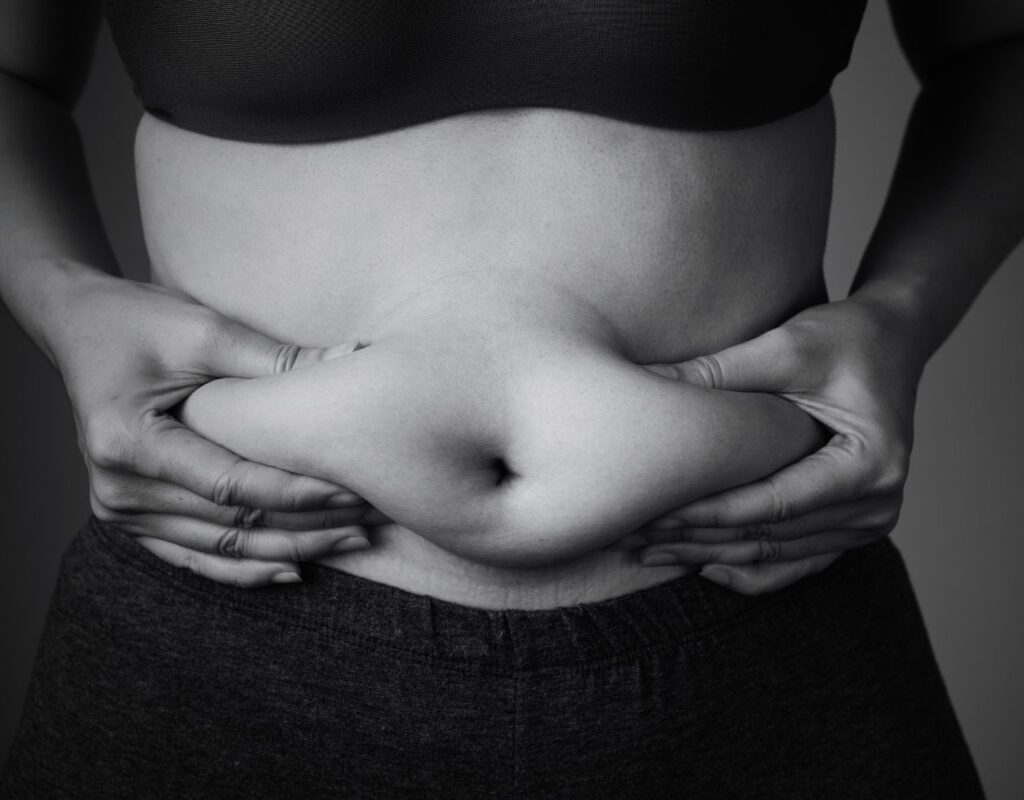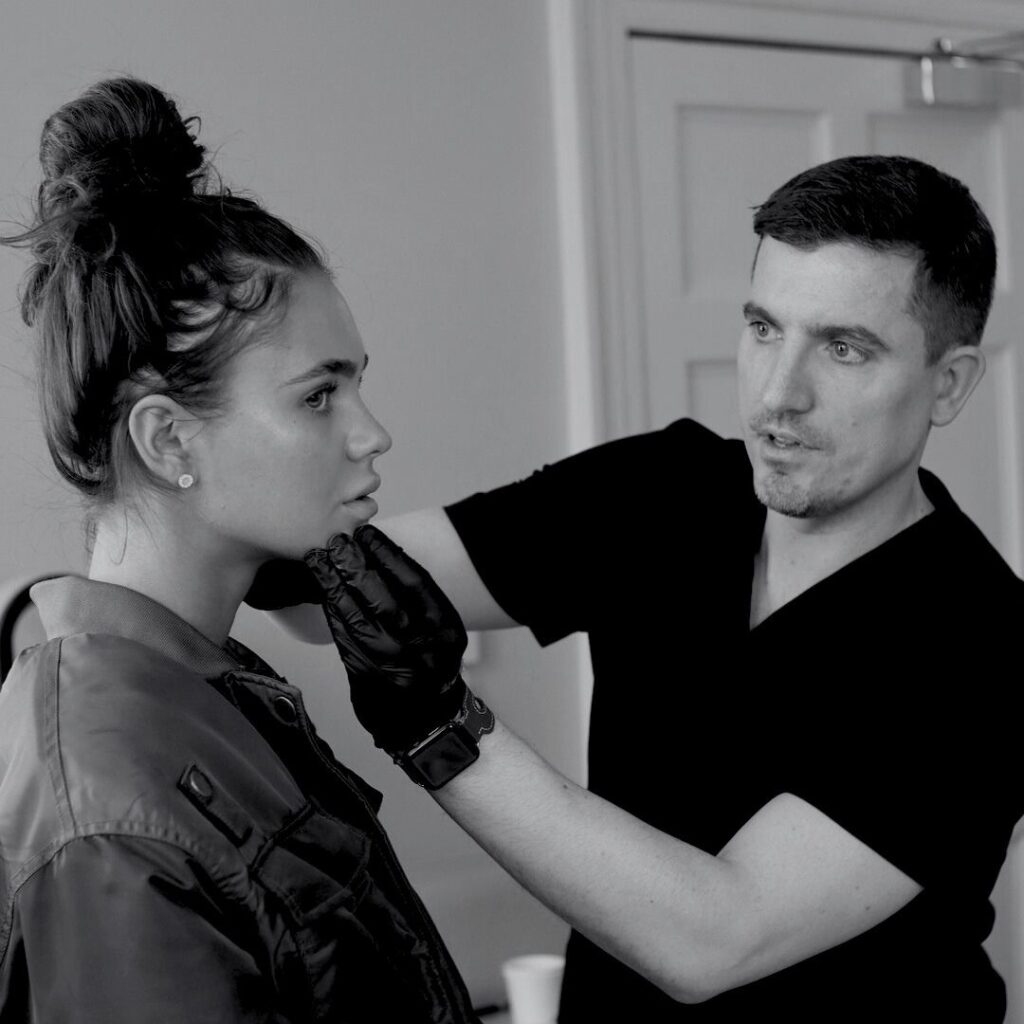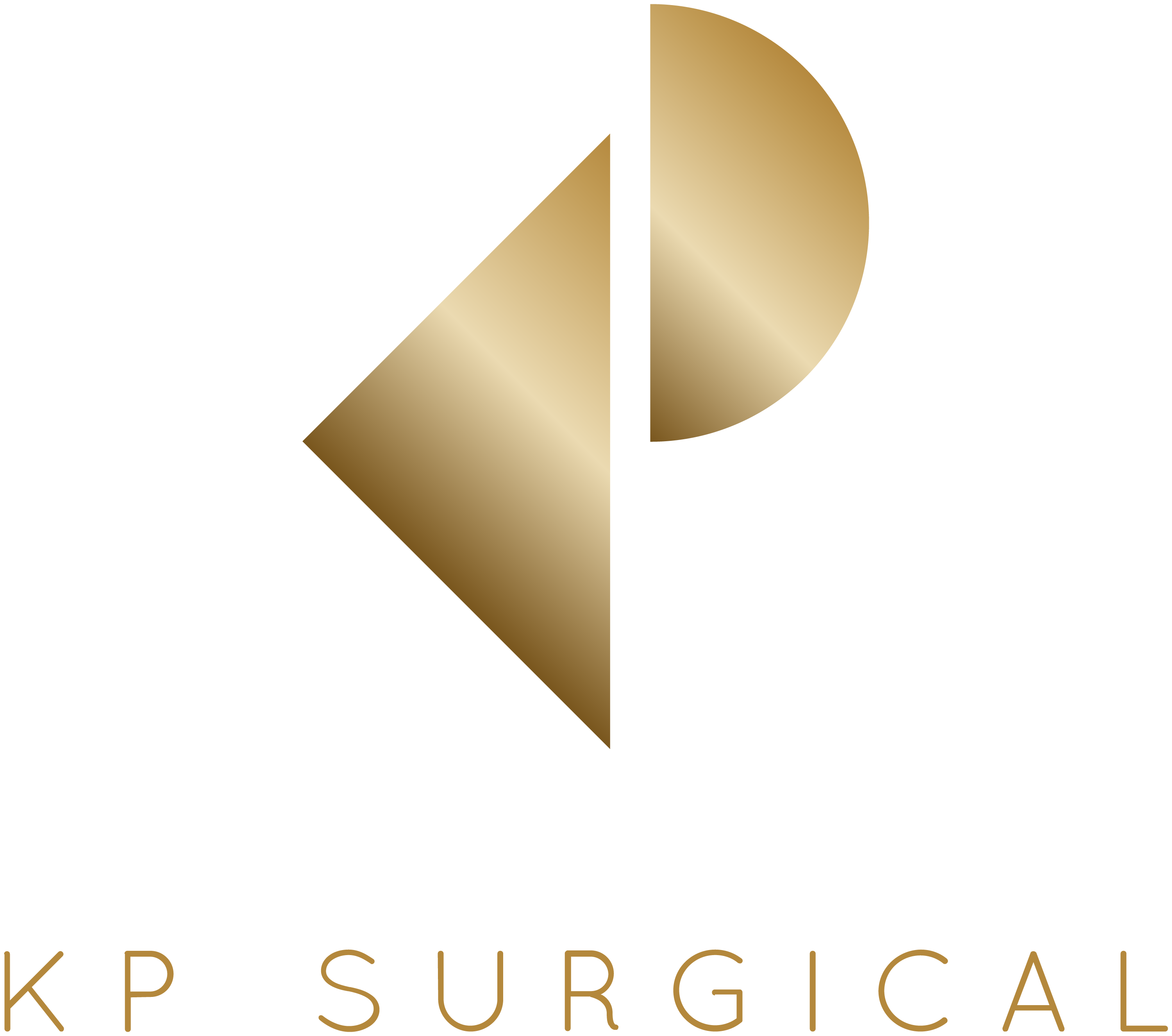SURGICAL PROCEDURE
Gynecomastia - Excision + Lipo
TREATMENT OVERVIEW
The surgical approach to treating this condition often involves a combination of excision and liposuction. These techniques aim to remove excess glandular tissue and fat, thereby restoring a more masculine chest contour and improving the patient’s quality of life.

THE PROCEDURE
The choice of anaesthesia is critical to the surgical plan and is tailored to your specific needs and medical history. Both local anaesthesia with sedation and general anaesthesia are options. A collaborative decision is made between you, the surgeon, and the anesthesiologist after a series of preoperative evaluations, including blood tests and cardiac assessments.
AT A GLANCE
- Surgery: 2 hours
- Hospital: 2 hours
- Time off work: 2 hours
- Return to Gym 2 hours
- Before you drive: 2 hours
- Lift a small child: 2 hours
- Time off work: 2 hours
- Time off work: 2 hours

Full abdominoplasty (tummy tuck)
An incision is made just above the pubic area between the hip bones and a second incision is made to free the navel from surrounding tissue.
After this, the skin is separated from the abdominal wall all the way up to your ribs and a large layer of skin is lifted to reveal the vertical muscles in your abdomen. These muscles are tightened by pulling them close together and stitching them into their new position. The tightening of the abdominal muscles creates a firmer abdominal wall and narrows the waistline.
The layer of skin is then stretched down and the excess skin is removed. A new hole is cut for your navel, which is then stitched in place, ensuring that it still looks natural. Finally, the incision is stitched, dressings will be applied, and a temporary tube inserted to drain excess fluid from beneath the skin.
Partial Abdominoplasty
With partial abdominoplasty, the incision between your hips is much shorter and the skin is separated only between the incision line and the navel. The navel itself may not need to be moved. Once the lower abdominal muscles have been tightened, the skin flap is stretched down, the excess skin removed and the flap stitched back into place.
What are the different types of tummy tuckS?
BEFORE & AFTER
Lorem ipsum dolor sit amet, consectetur adipiscing elit. Ut elit tellus, luctus nec ullamcorper mattis, pulvinar dapibus leo.Lorem ipsum dolor sit amet, consectetur adipiscing elit. Ut elit tellus, luctus nec ullamcorper mattis, pulvinar dapibus leo.






BENEFIT STATEMENT GOES HERE
Lorem ipsum dolor sit amet, consectetur adipiscing elit. Ut elit tellus, luctus nec ullamcorper mattis, pulvinar dapibus leo.Lorem ipsum dolor sit amet, consectetur adipiscing elit. Ut elit tellus, luctus nec ullamcorper mattis, pulvinar dapibus leo.
You may choose to undergo abdominoplasty for a number of reasons:
- To remove a large fat deposit
- To remove loose abdominal skin
- To improve skin elasticity if you are an older patient
- To improve your muscle and skin tone after multiple pregnancies

RISKS
Lorem ipsum dolor sit amet, consectetur adipiscing elit. Ut elit tellus, luctus nec ullamcorper mattis, pulvinar dapibus leo.Lorem ipsum dolor sit amet, consectetur adipiscing elit. Ut elit tellus, luctus nec ullamcorper mattis, pulvinar dapibus leo.Lorem ipsum dolor sit amet, consectetur adipiscing elit. Ut elit tellus, luctus nec ullamcorper mattis, pulvinar dapibus leo.Lorem ipsum dolor sit amet, consectetur adipiscing elit. Ut elit tellus, luctus nec ullamcorper mattis, pulvinar dapibus leo.Lorem ipsum dolor sit amet, consectetur adipiscing elit. Ut elit tellus, luctus nec ullamcorper mattis, pulvinar dapibus leo.Lorem ipsum dolor sit amet, consectetur adipiscing elit. Ut elit tellus, luctus nec ullamcorper mattis, pulvinar dapibus leo.
THING TO AVOID AFTER SURGERY
- Heavy lifting or strenuous exercise for 2-3 weeks
- Sleeping on your stomach initially
- Smoking and alcohol consumption
- Prolonged sun exposure to the surgical area
- Tight or constrictive clothing over the surgical area
- Spicy foods that may cause digestive issues
- Over-the-counter medications that can affect blood clotting, such as aspirin
- Swimming pools and hot tubs to avoid infection risks
Post Op
AFTERCARE
- Medication Regimen: Antibiotic ointments and anti-inflammatory medications are prescribed to prevent infection and manage pain.
- Environmental Precautions: Minimize sun exposure to prevent pigmentation changes in healing scars.
- Nutritional Guidelines: A balanced diet rich in essential nutrients like Vitamin C and zinc can expedite healing.
- Regular Follow-Up Visits: Essential for monitoring healing and addressing concerns. These visits may include imaging studies to assess the long-term results and effectiveness of the surgery.

"Lorem ipsum dolor sit amet, consectetur adipiscing elit. Ut elit tellus, luctus necr adipiscin."
FAQs
GET IN TOUCH TO DISCOVER MORE
BOOK A CONSULTATION

Lorem ipsum dolor sit amet, consectetur adipiscing elit. Ut elit tellus, luctus nec ullamcorper mattis, pulvinar dapibus leo.
@ 2023 KP Surgical. All rights reserved.
